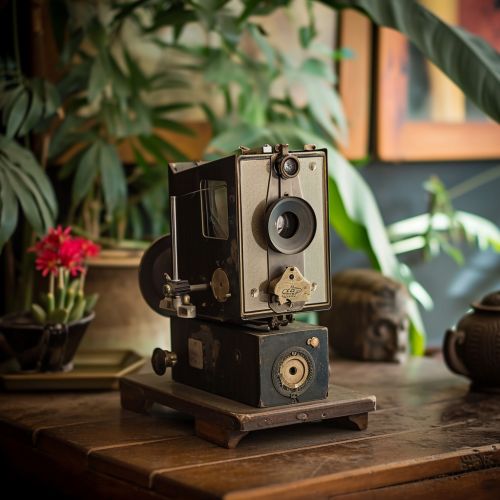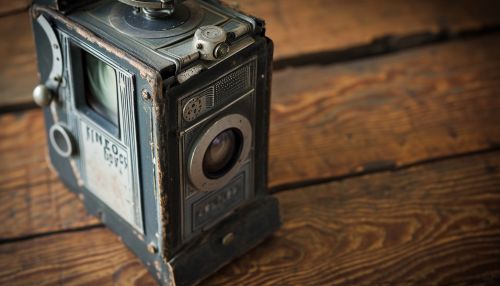History of film
Early History
The history of film began in the late 19th century with the invention of the movie camera. The first patented device that could capture and project motion pictures was the Kinetoscope, invented by Thomas Edison and his team in 1891. The Kinetoscope was a single-viewer device that allowed one person at a time to watch a short film.


The first public demonstration of the Kinetoscope was held at the Brooklyn Institute of Arts and Sciences on May 9, 1893. This marked the beginning of commercial film exhibition. However, the Kinetoscope's individual viewing experience was not ideal for mass entertainment, which led to the development of the projector.
The Birth of Cinema
The birth of cinema as we know it today was marked by the invention of the Cinematograph, a device that could capture, process, and project films. This was invented by the Lumière brothers, Auguste and Louis, in 1895. The Cinematograph was a significant improvement over the Kinetoscope as it allowed for films to be projected to a large audience. The first public screening of films made with the Cinematograph took place on December 28, 1895, at the Grand Café in Paris. This event is often regarded as the official birth of cinema.
Silent Era
The early years of cinema, from the late 1890s to the late 1920s, are known as the silent era. During this period, films did not have synchronized recorded sound and were accompanied by live music. The silent era saw the emergence of various film genres and the development of narrative storytelling techniques.
One of the most significant films of this era was The Birth of a Nation, directed by D.W. Griffith in 1915. This film is often credited with establishing the language of cinema and introducing techniques such as cross-cutting and close-ups. However, it has also been criticized for its racist content.
Sound Era
The transition from silent films to sound films, also known as talkies, began in the late 1920s with the invention of synchronized sound technology. The first feature-length film to include synchronized dialogue was The Jazz Singer, released in 1927. The introduction of sound had a profound impact on the film industry, leading to the decline of silent films and the rise of the Hollywood studio system.
Golden Age of Hollywood
The period from the late 1920s to the early 1960s is often referred to as the Golden Age of Hollywood. During this time, the Hollywood studio system dominated the global film industry, producing a high number of films and creating a star system. Some of the most iconic films of this era include Gone with the Wind, Casablanca, and Citizen Kane.
New Hollywood
The late 1960s and 1970s saw a period of significant change in Hollywood, often referred to as the New Hollywood era. This period was characterized by the rise of a new generation of filmmakers who challenged traditional filmmaking norms and explored new themes and narrative structures. Notable films from this era include The Godfather, Jaws, and Star Wars.
Modern Era
The modern era of film, from the 1980s to the present, has been marked by the rise of blockbuster films, the proliferation of independent cinema, and the advent of digital technology. The introduction of computer-generated imagery (CGI) has revolutionized filmmaking, allowing for the creation of visually stunning and imaginative films.
